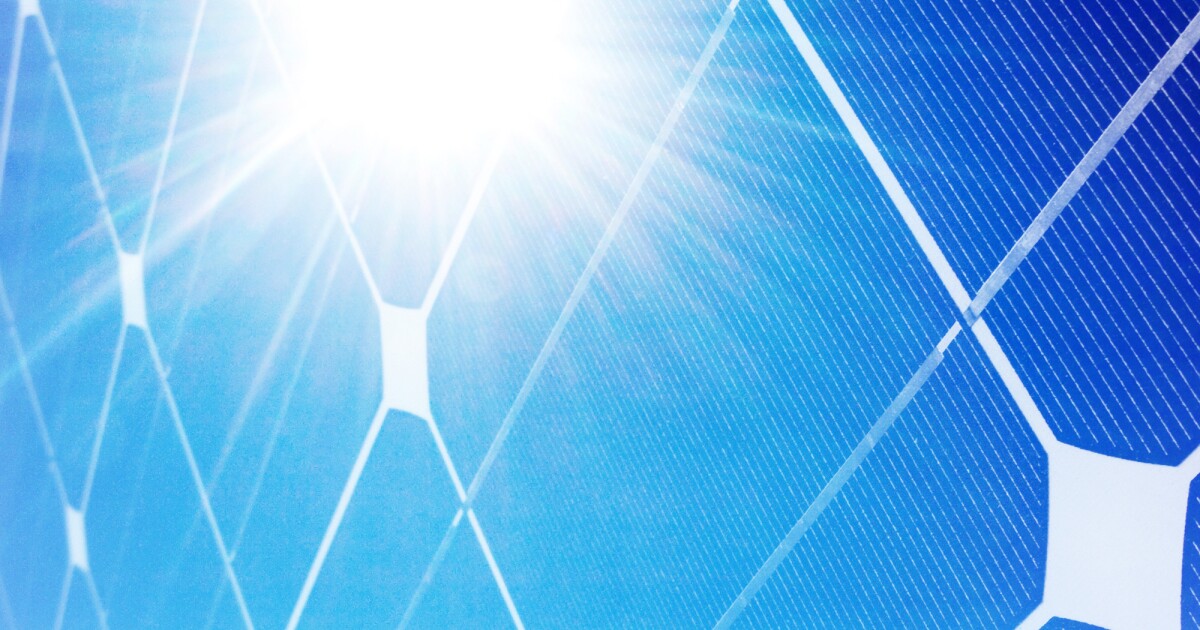
In the world of solar cell technology, perovskite materials are poised to take on the current reigning champion silicon, but their stability is holding them back. Now, scientists in China have developed a new type of hybrid perovskite.

Australian scientists have invented a next-generation solar panel capable of healing itself when damaged in space.

U.S. researchers claim to have increased the photoresponsivity of a lead-halide perovskite for solar cell applications by 250%.

This brutal challenge to our existing systems may open new windows of opportunity for long-awaited change. Here’s a list of 16 positive changes to the collective mindset this era of emergency may bring.

Tesla has launched the third iteration of its solar roof tile for residential home use. On balance, the Solar Roof provides more energy generation than a similarly sized roof retrofitted with traditional tiles.

Bioscience experts in Belgium have developed a new solar panel capable of producing hydrogen from moisture in the air. Scientists claim to produce significant quantities of hydrogen gas - up to 250 litres per day.

Scientists have demonstrated for the first time that heat from the sun and coldness from outer space can be collected simultaneously with a single device.

An inexpensive new kind of solar power has just been launched in Australia and it could signal the start of a groundbreaking new market for renewable energy.

Canadian researchers have created a bacteria-powered solar cell that works as efficiently in dim light as in bright light.

Chinese engineers have created a new hybrid solar panel model that is capable of generating electricity in rain or shine, thanks to its ability to harvest energy from the movement of raindrops.

Scientists have greatly improved the operational stability of perovskite solar cells.

SolarWindow Technologies says it can harvest energy from sunlight by applying a transparent film to glass or plastic.

In recent years, the Indian government has been pushing to green the country’s vast railway network in a variety of ways.

By the end of 2017, company should have solar arrays covering millions of square footage.

Can Elon Musk revolutionize the way we think about roofs too? He certainly hopes so.